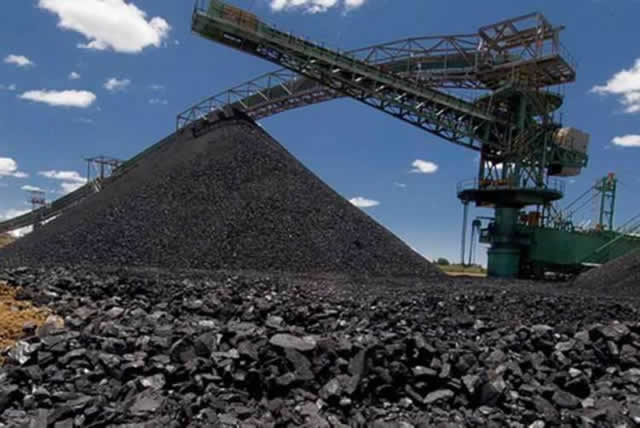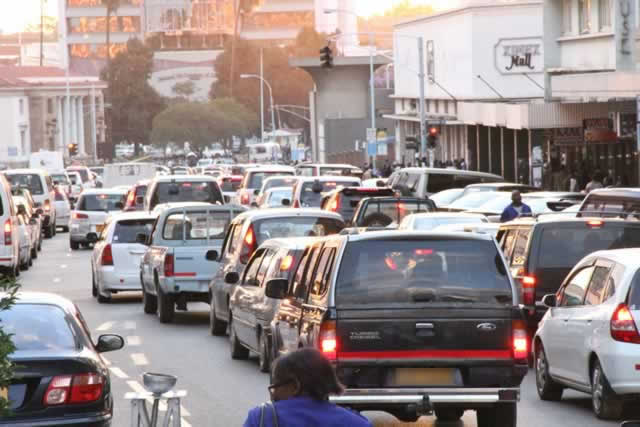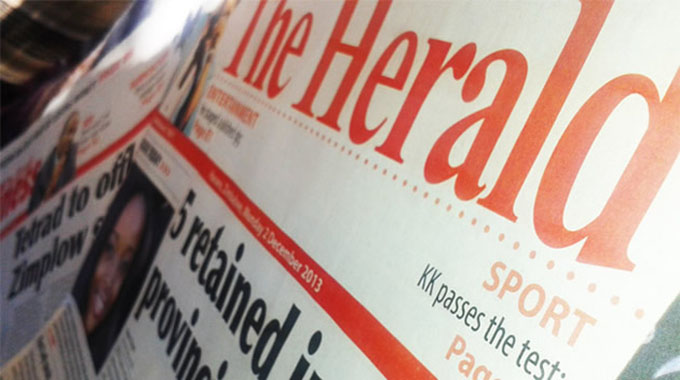Hwange seeks funding for working capital

Business Reporter
COAL miner Hwange Colliery Company Ltd is pinning hopes of accessing working capital on the outcome of the creditors’ management plan meeting to be held at the end of this month.
The meeting, to be held on April 26 will determine the company’s ability to raise funding for working capital requirements, managing director Mr Thomas Makore said.
Hwange will be entering into structured payment plans with its creditors after approval at a creditors’ meeting.
Then the scheme of arrangement will be submitted to the High Court for approval. The scheme will enable the company to access working capital from financial institutions who have cited the need to address the company’s balance sheet by converting short-term liabilities to medium and long term.
Mr Makore said “a positive” outcome will stop litigations against the company and allow it to reconstruct.
The ZSE-listed company owes various creditors in excess of $180 million.
“A positive outcome will enable us to raise funding and our immediate target is to ramp up production to 100 000 tonnes per month from 40 000 tonnes,” said Mr Makore.
The company was also looking at re-opening the underground mine by Q3, with a production target of 50 000 tonnes.
A major breakdown of the continuous miner forced Hwange to close the mine in August 2015.
“We have started making some orders for spares and we will also be acquiring new ancillary equipment,” said Mr Makore.
The resuscitation of underground mining will contribute high value coking coal to the production mix by mid-year this year.
Mr Makore said output was steadily increasing after Mota-Engil resumed operations last month.
Mota-Engil signed a five-year contract worth $260 million with Hwange in 2014 and was producing 200 000 tonnes of coal per month before it stopped in June last year over non-payment.
“We have agreed on debt settlement and they have resumed mining,” said Mr Makore.
On negative gross profit Mr Makore added, “We also had to look at our cost structure, we started in 2016 by reducing our management structure by 30 percent.
“In addition, in October last year up to early April 2017 the mine embarked on a two weeks staff rotation programme to contain costs and align them to current activities.”
The cost of employment, human resources policies and benefits have been bench-marked with companies across the sector.
This will result in cost saving and a competitive cost per tonne taking into consideration the company no longer enjoys monopoly.
“As we ramp up production it is important that we align our initiatives with those of transport operators such as National Railways of Zimbabwe and road transport carriers for coal products to move to customers on time. As part of our turnaround plan, we also have a thrust to increase export volumes of coking coal from underground operations and industrial coal to Zambia, and later on to South Africa and the DRC.”
On the new concessions, Mr Makore said “we are in the process of engaging a contractor to do exploration.”
Last year Hwange was granted new coal concessions in Lubimbi and western areas with an estimated underground resource of about one billion tonnes.









Comments